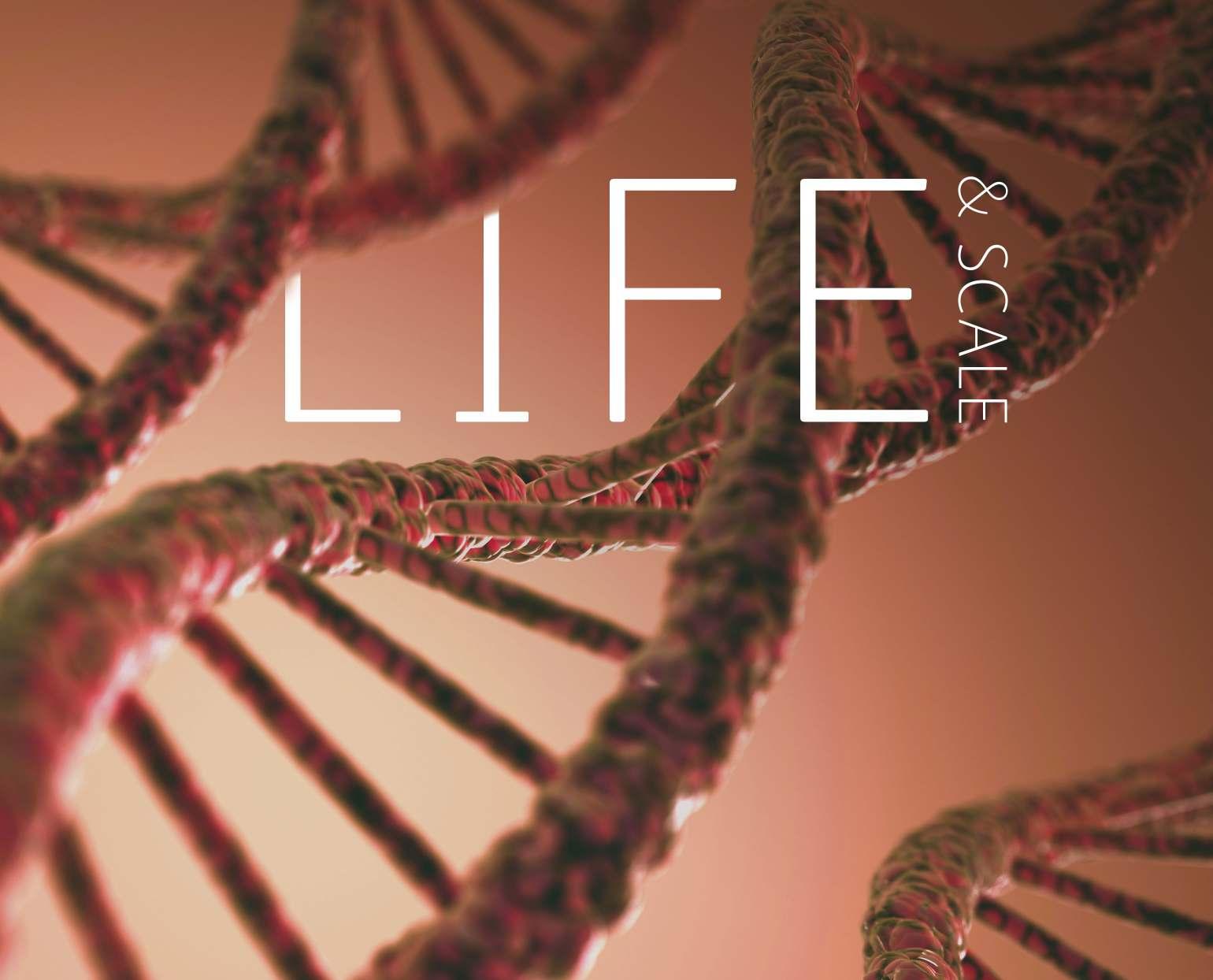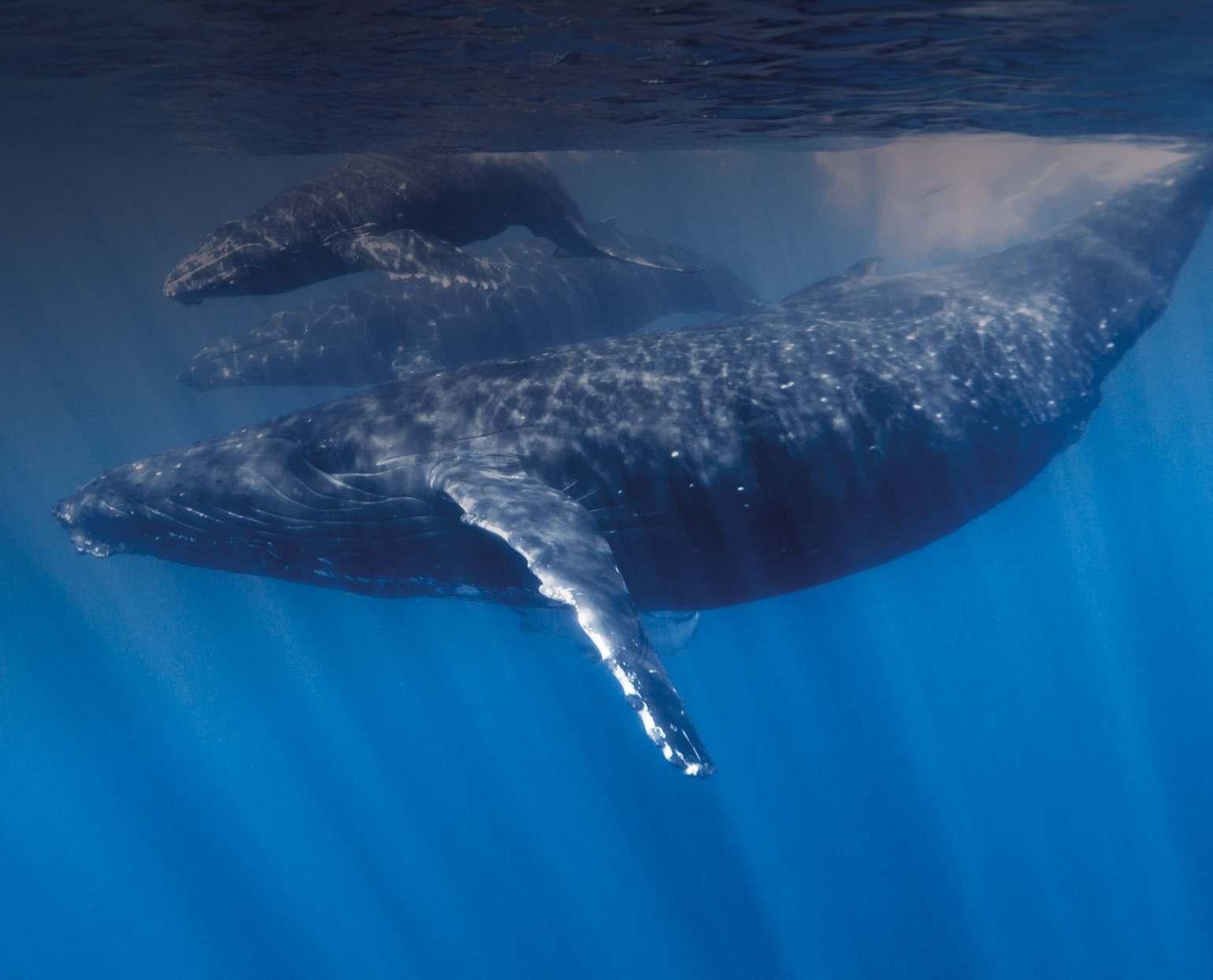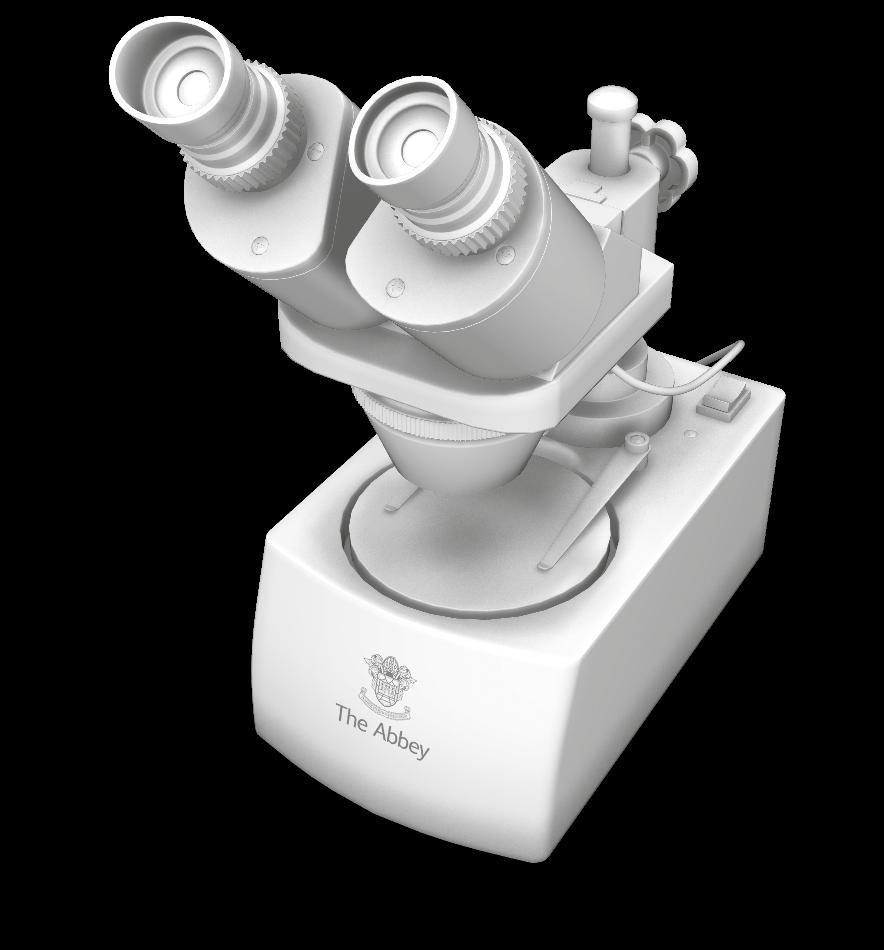

LIFE & SCALE

Writtenby Harshini – UpperIII(Year7)
Life. A splendiferous event. The word ‘life’ is simply a way to distinguish organisms from inanimate objects. But what is life? What does it mean to be alive? There are 7 ‘life processes’ that an organism must be able to complete to be deemed a living thing. First, it must be able to move or change direction. Staying still isn’t that exciting! Secondly, it must be able to do the process of Respiration, or in simpler words, be able to release energy from food. Sensitivity is being able to sense its environment, Growth is being
able to change in size or number of cells, Reproduction is being able to make copies of itself, Excretion –well, I’m sure you can guess what it means – and Nutrition, the ability to obtain food. With all of these processes covered, imagine how big this living can be! The largest animal in the world is the
Blue Whale, which weighs around 150,000kg. The largest organism, however, is the Aspen Tree, whose colony can grow up to 5 miles long.
The largest colony of the Aspen Tree is Pando. Pando is located in the Fishlake National Forest in Utah, and although from the outside it may look like a forest, if you dig down, you’ll find it’s just one massive group of clones, all connected to the same roots. It is truly a wonder.
It’s time to go small now. The smallest animal is said to be a tiny frog that somehow manages to live at the average size of 0.4 inches. The smallest organism (which is universally recognised as so), as per the Guinness World Records, is the Nanoarchaeum equitans. This miniscule creature was only discovered in 2002, in a hydrothermal vent off the coast of Iceland. It is only 400 nanometers across. It is, in fact, a prokaryote, which also means it is a single-celled organism.
Single celled organisms are parvus, as in small. They are too small to be seen with the naked eye and require a microscope to be seen properly. Even then you may need a powerful microscope to study the microorganism properly, which is really saying something about the dimensions of these interesting creatures.
Back to Sir Nanoarchaeum equitans. The average microbe is 1 micrometer in size. The average Nanoarchaeum equitans, however, is 400 nanometers across, less than half that. Amazing, right?
Then how exciting would it be to realise that there are SO MANY OTHER organisms like the Nanoarchaeum equitans? A single celled organism, so small that you need to have a separate instrument to view it, is capable of carrying out 7 life processes and make sure it’s legacy goes on! Now multiply that by, let’s say 5 trillion, and that’s how many microorganisms humans have discovered altogether. That’s a lot, right? A recent study has suggested that humans have only discovered 0.01% of all microbes on the planet. There’s still 99.99% more to discover!
To think that back in the 1980s, people were making assumptions that there were only around a million species of microbes, hardly over the number of species of ants. Now, the estimated number is around one trillion. Us humans have only evolved to walk on two legs, while the microbes in our world have discovered multiple ways of getting around. A cell can use a flagellum to move. The mechanics of that single flagellum is almost the same as the motor of a boat. So many unique properties to so many different organisms, and yet it’s just all a single cell.



